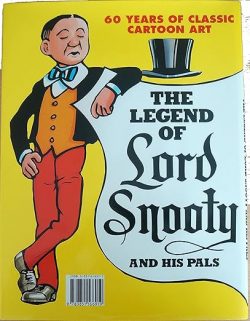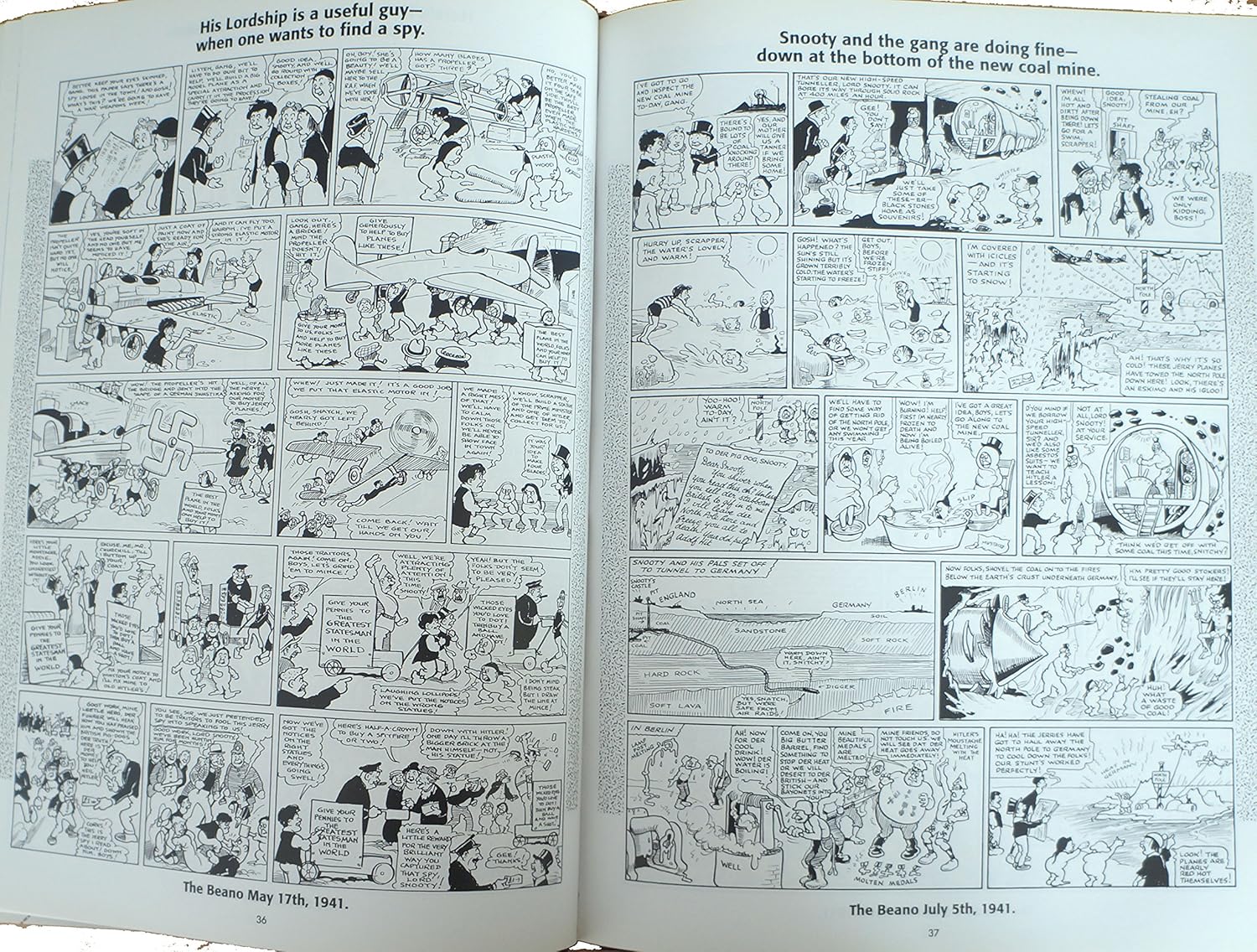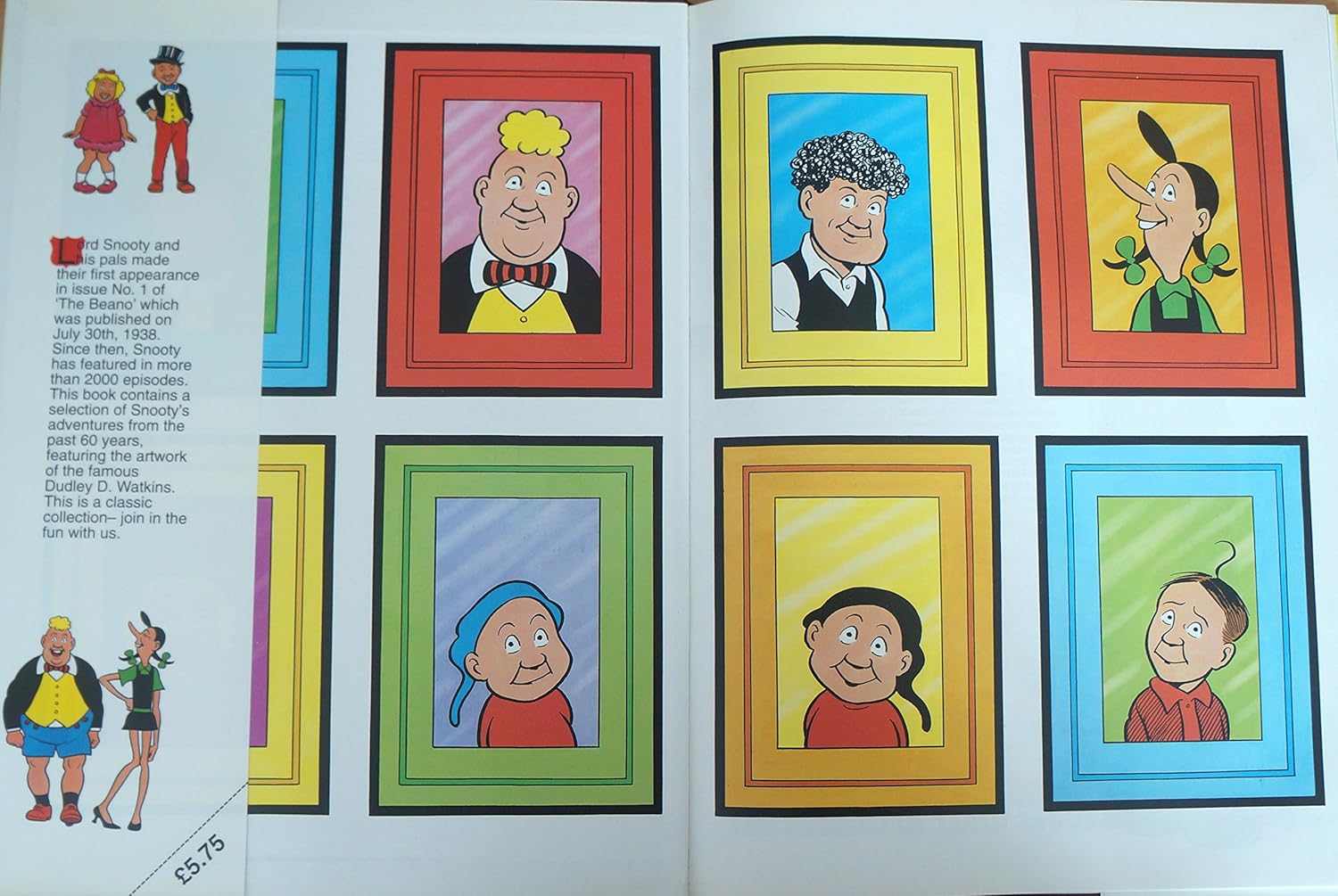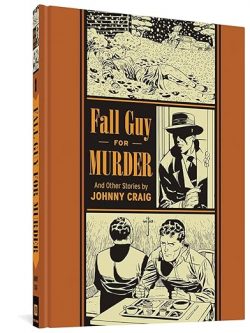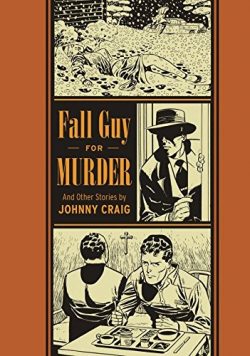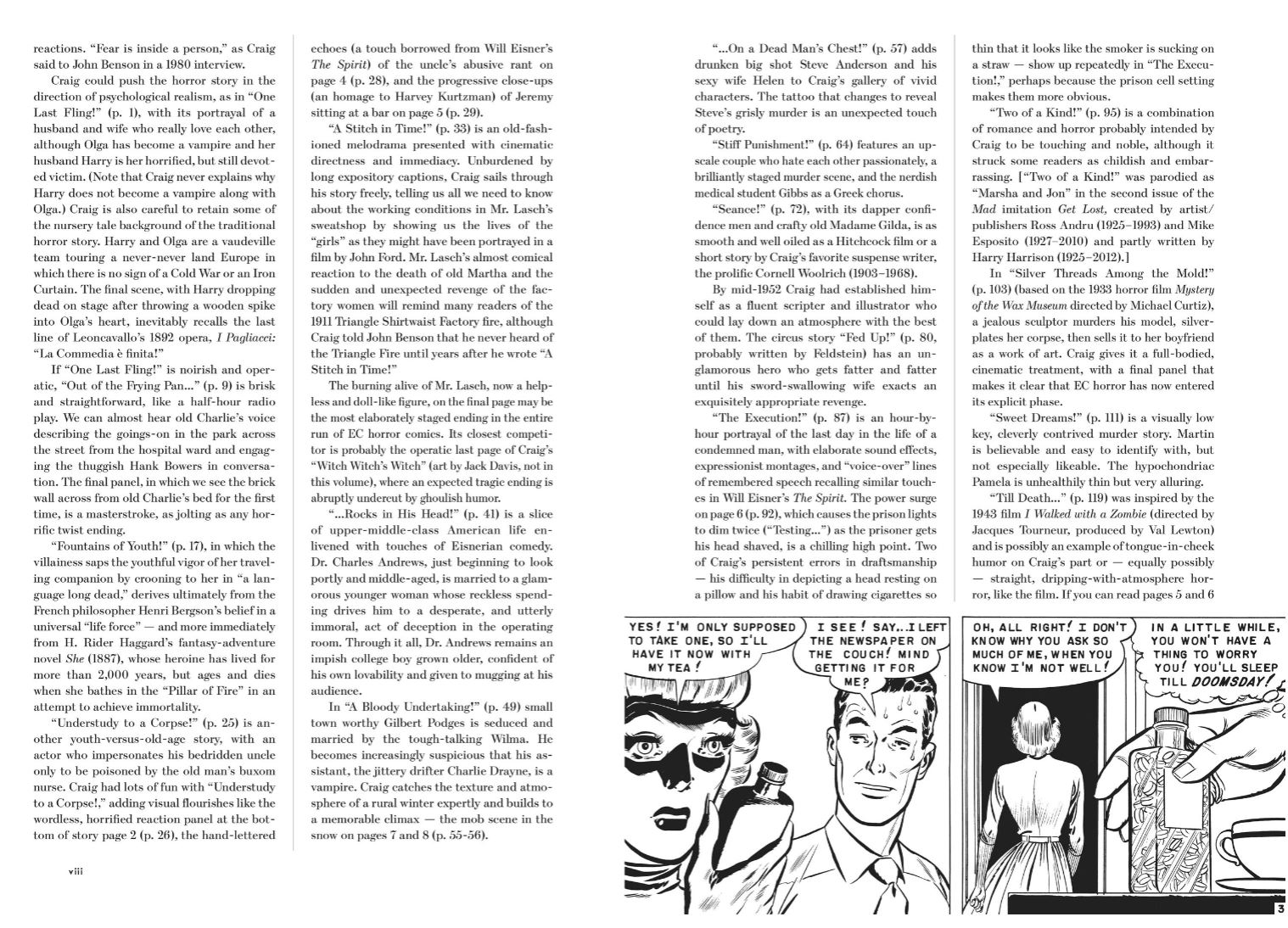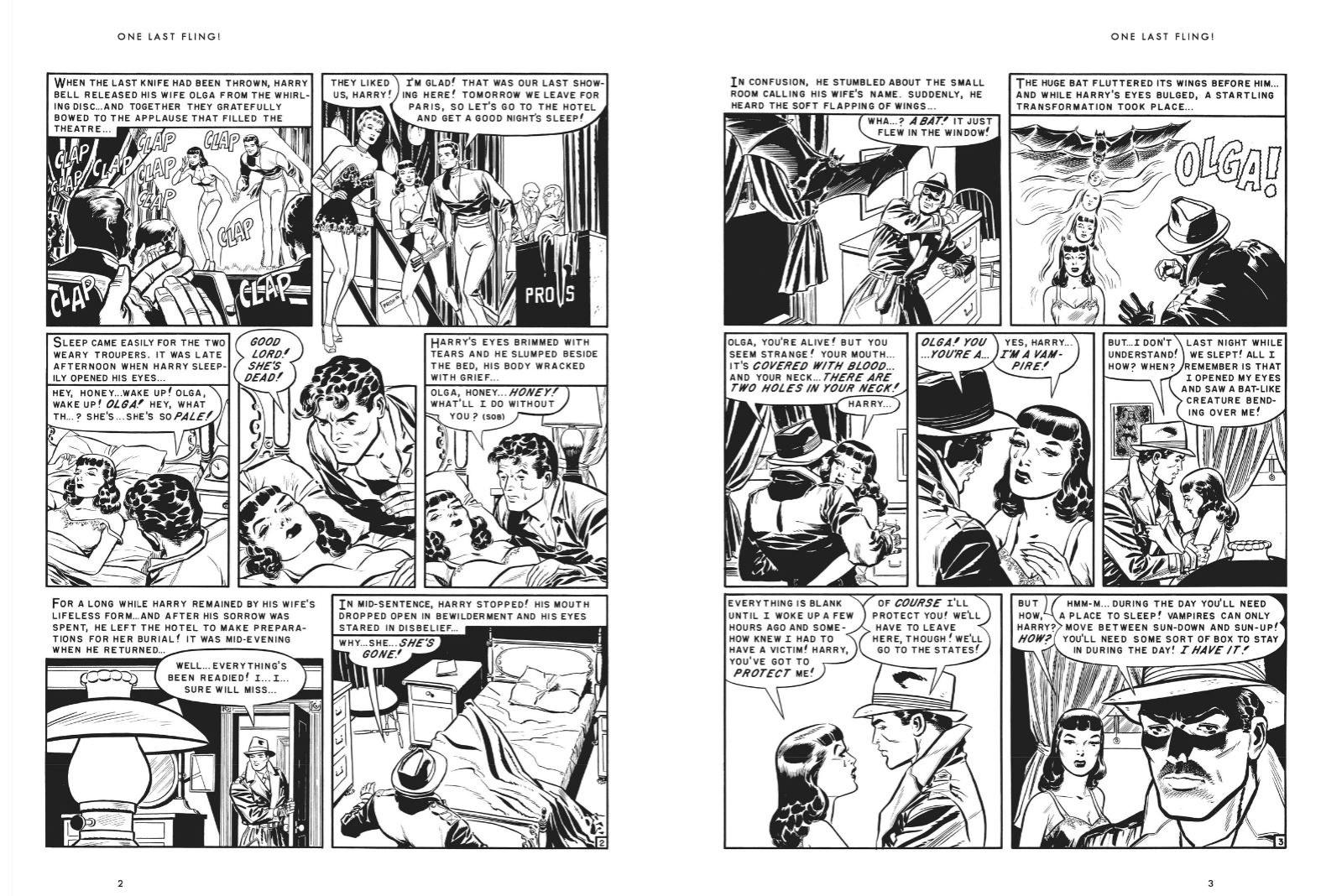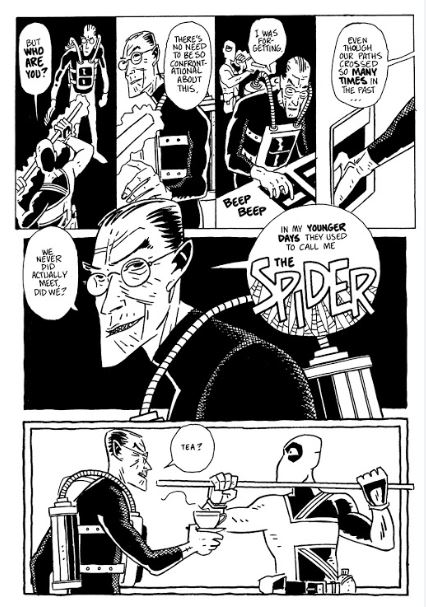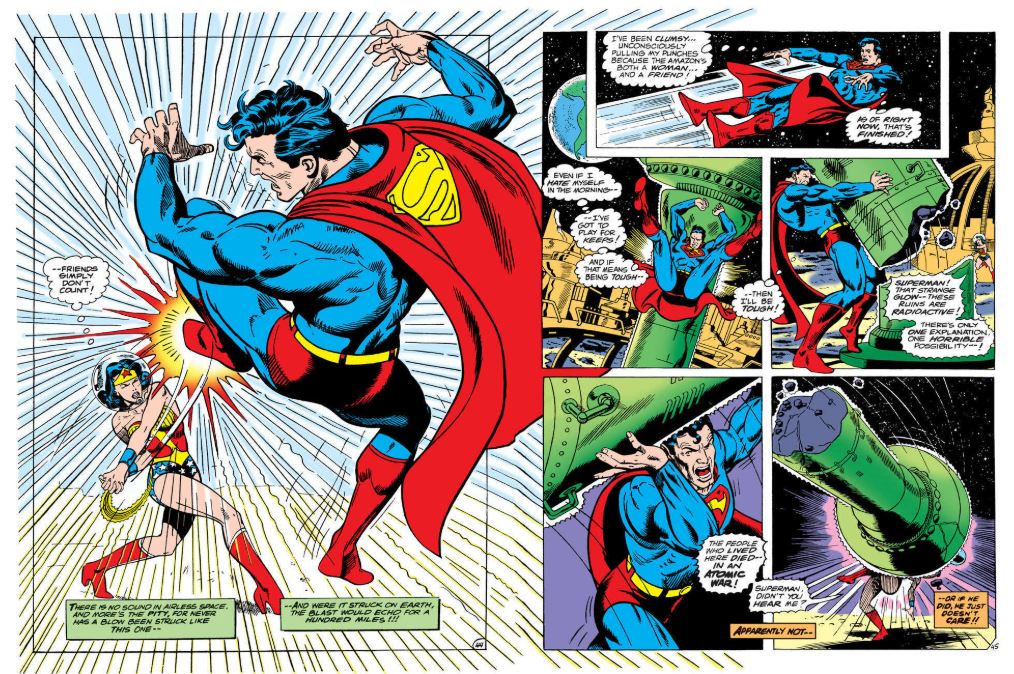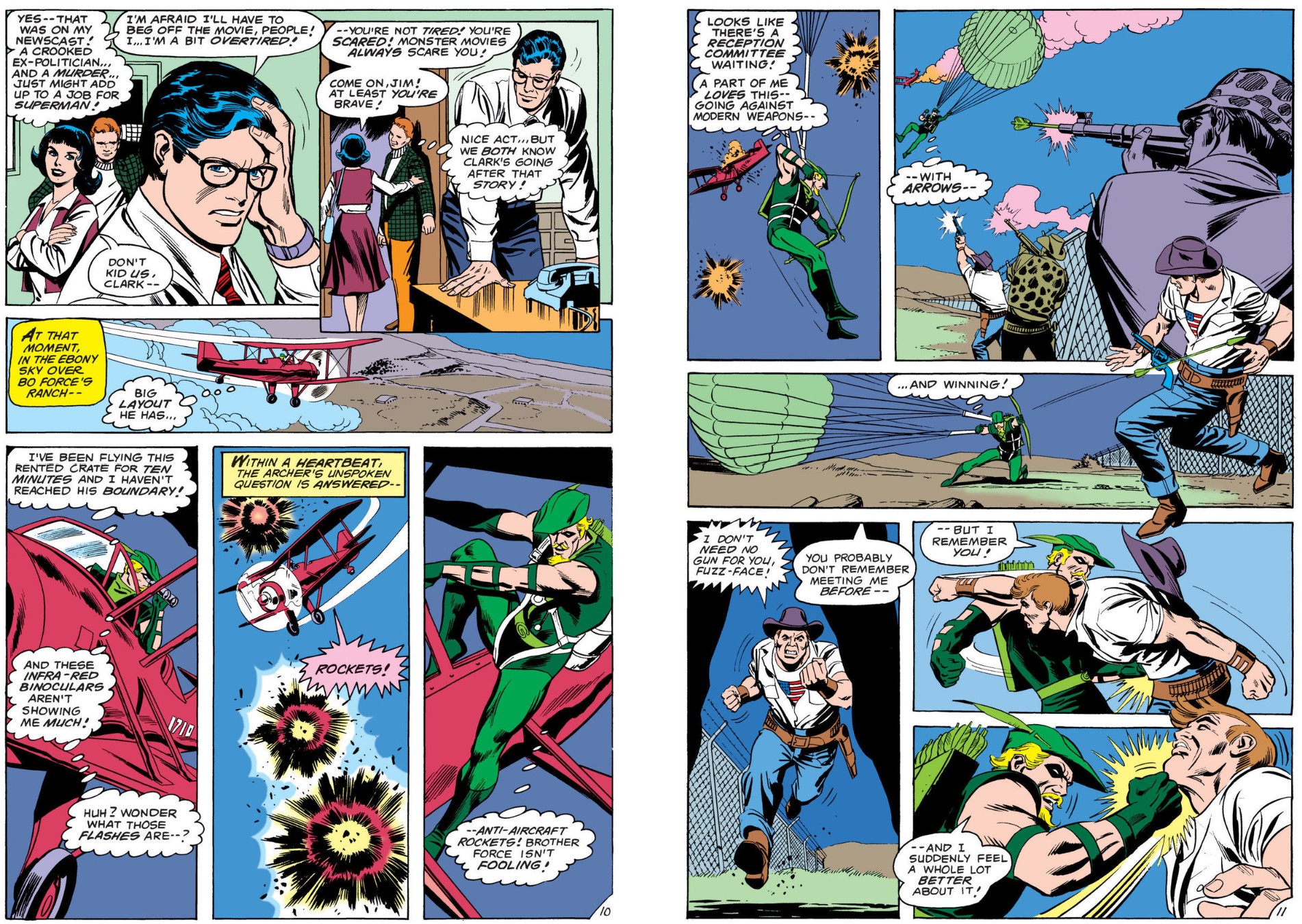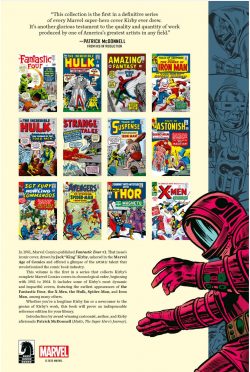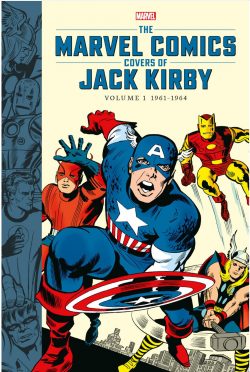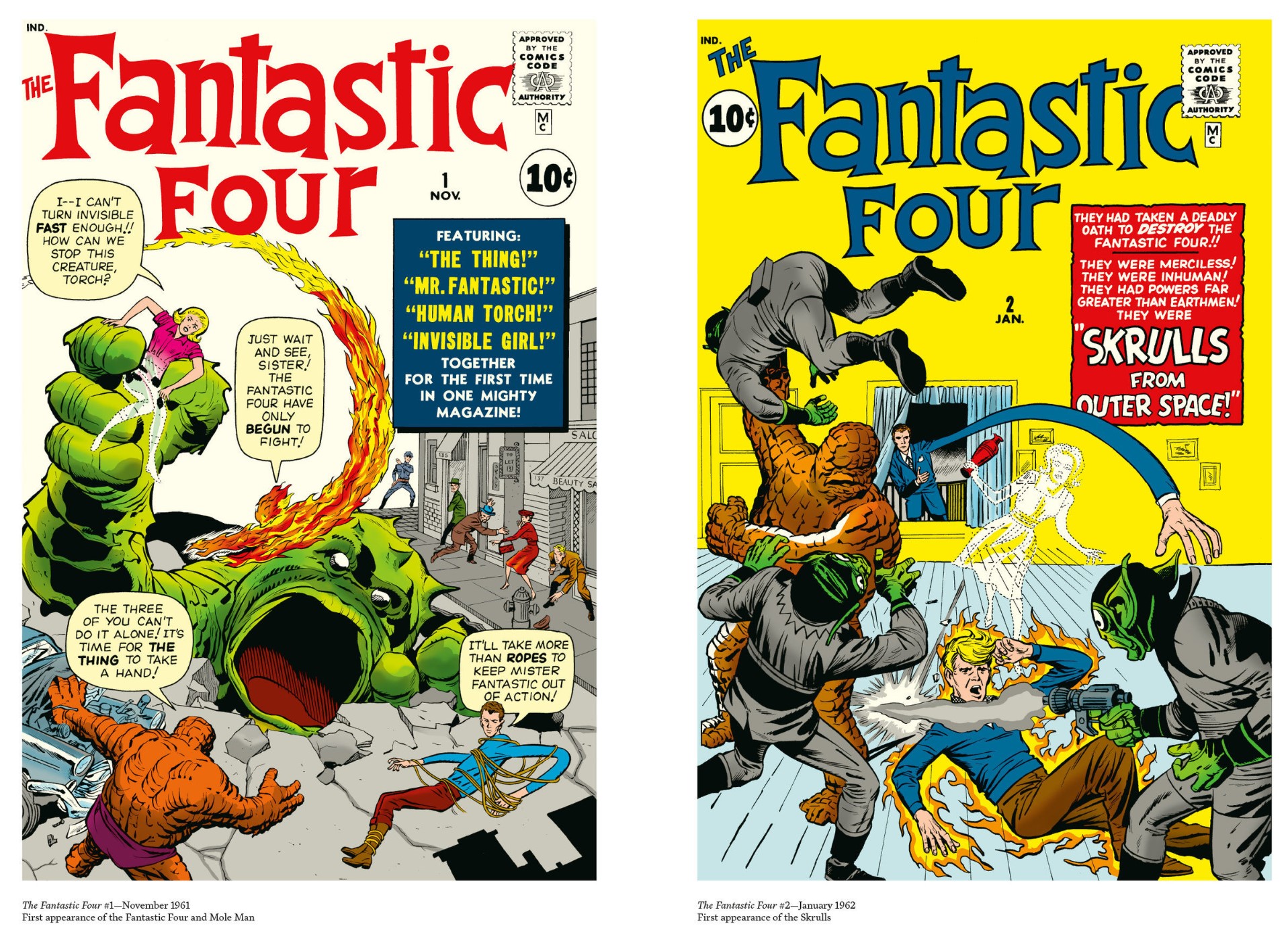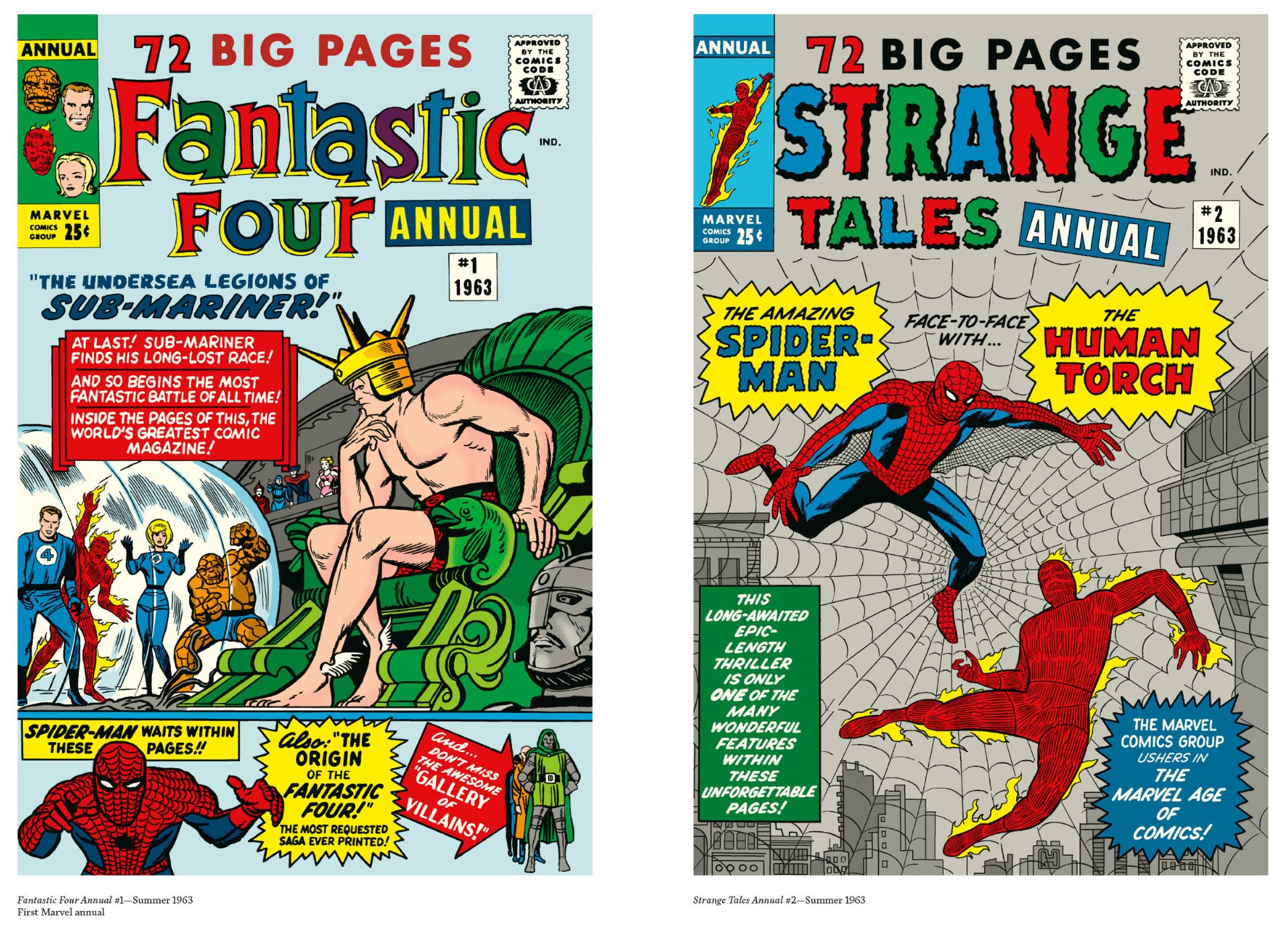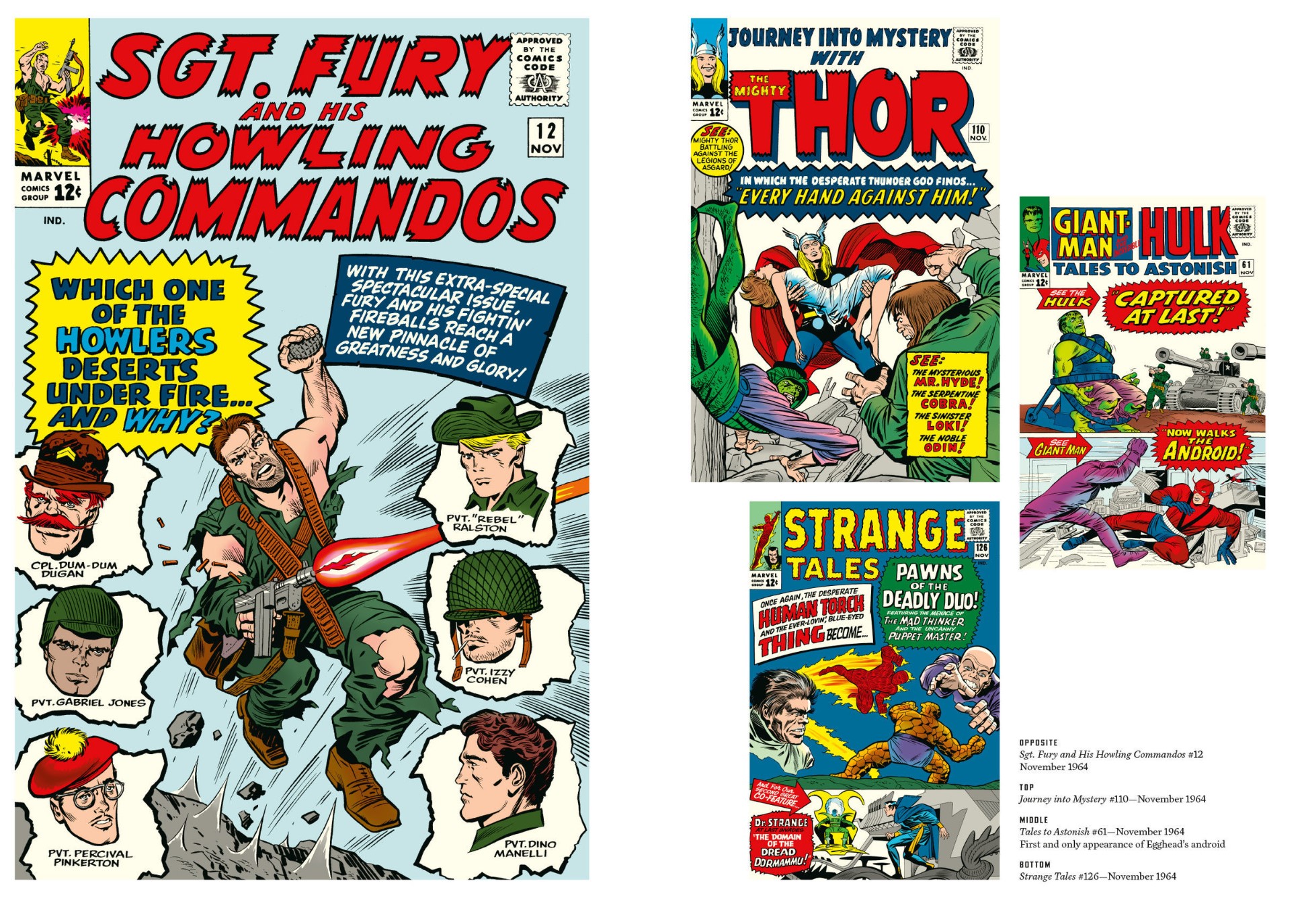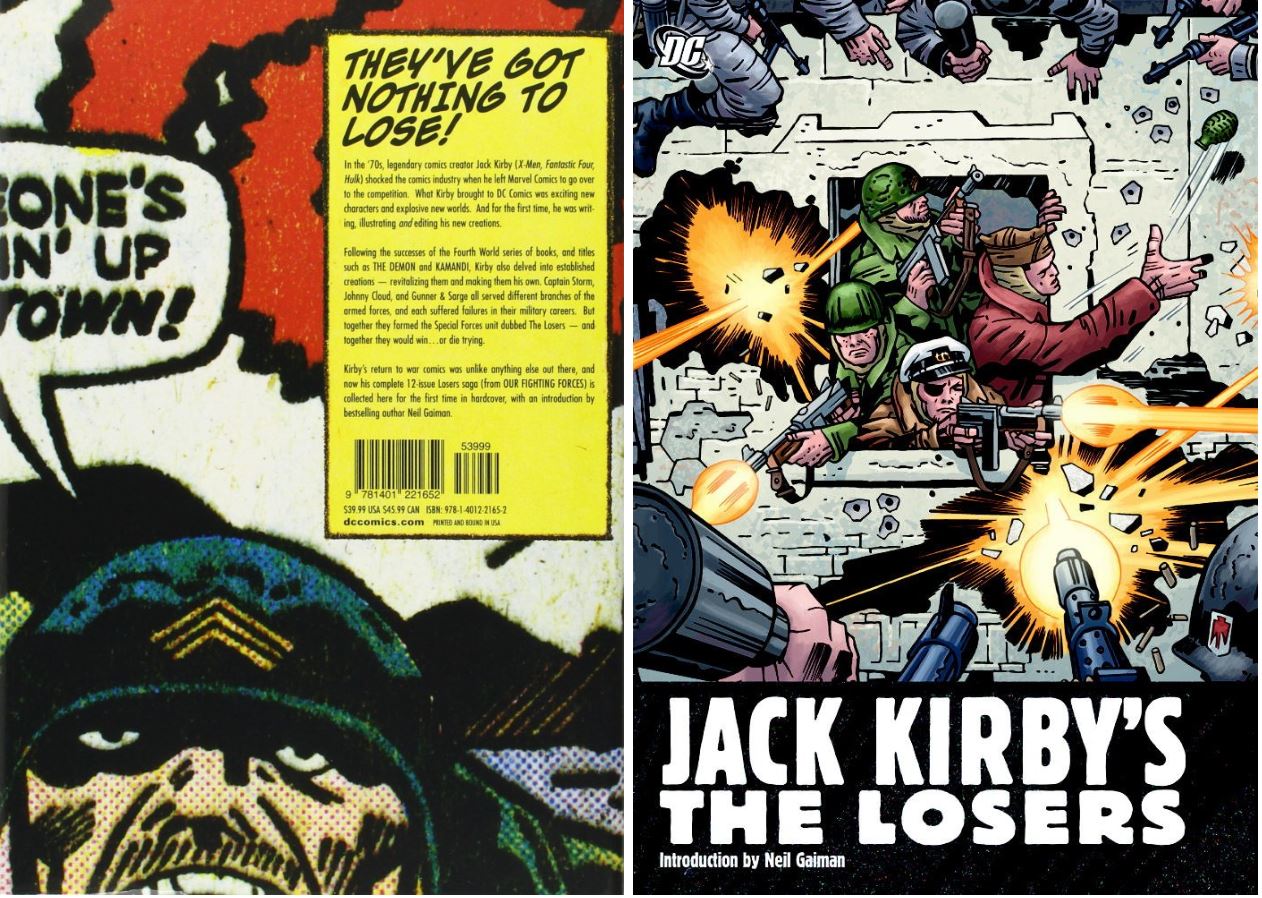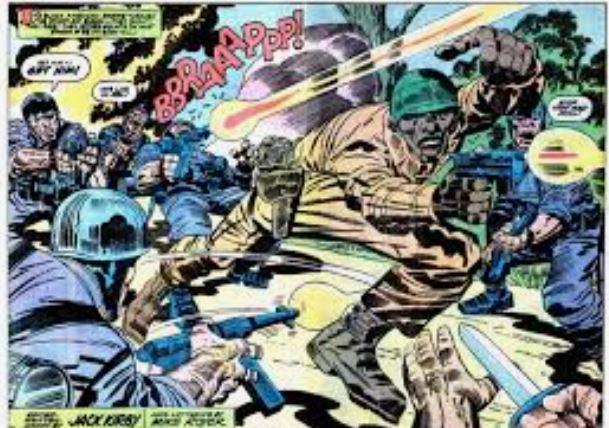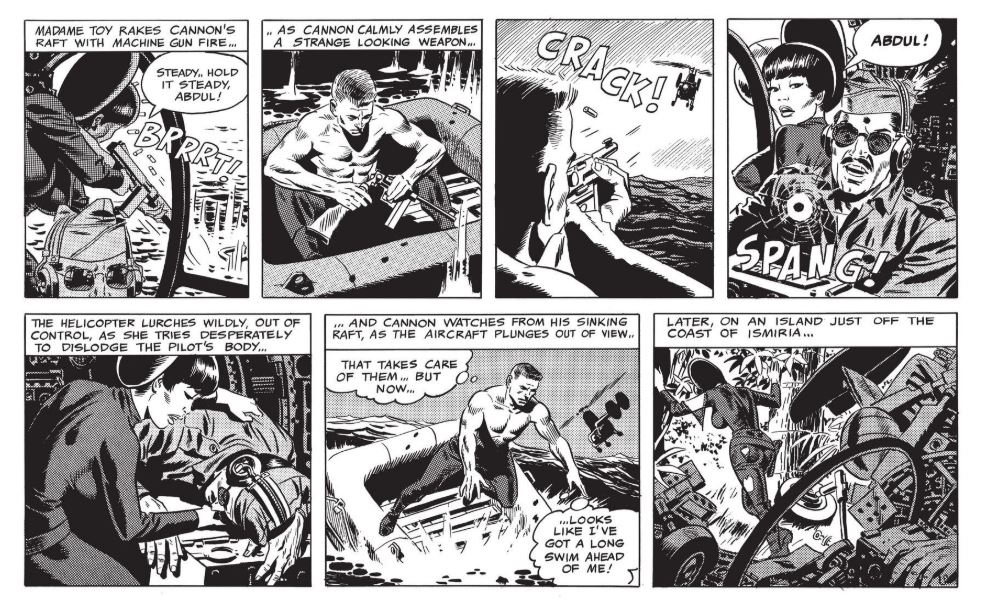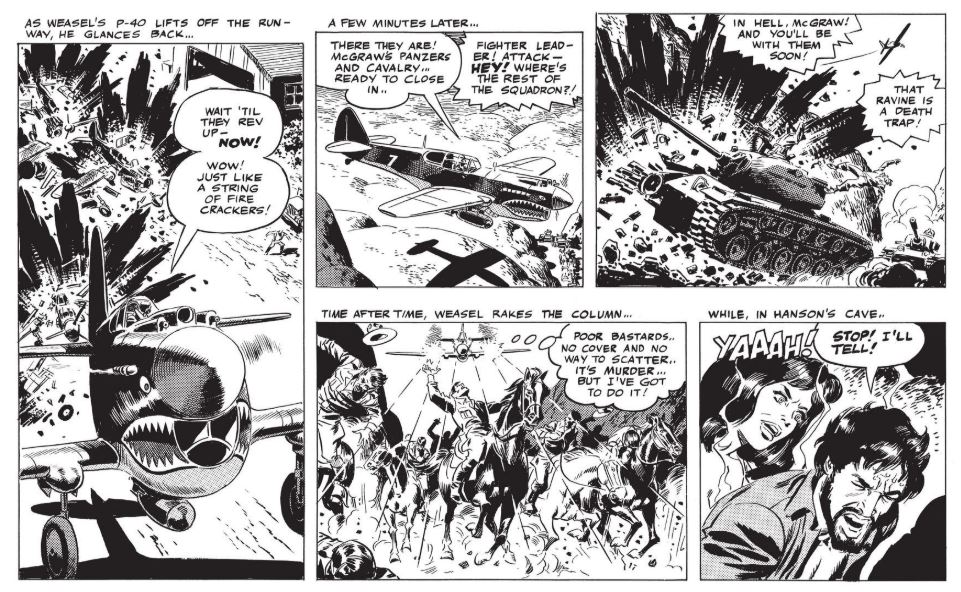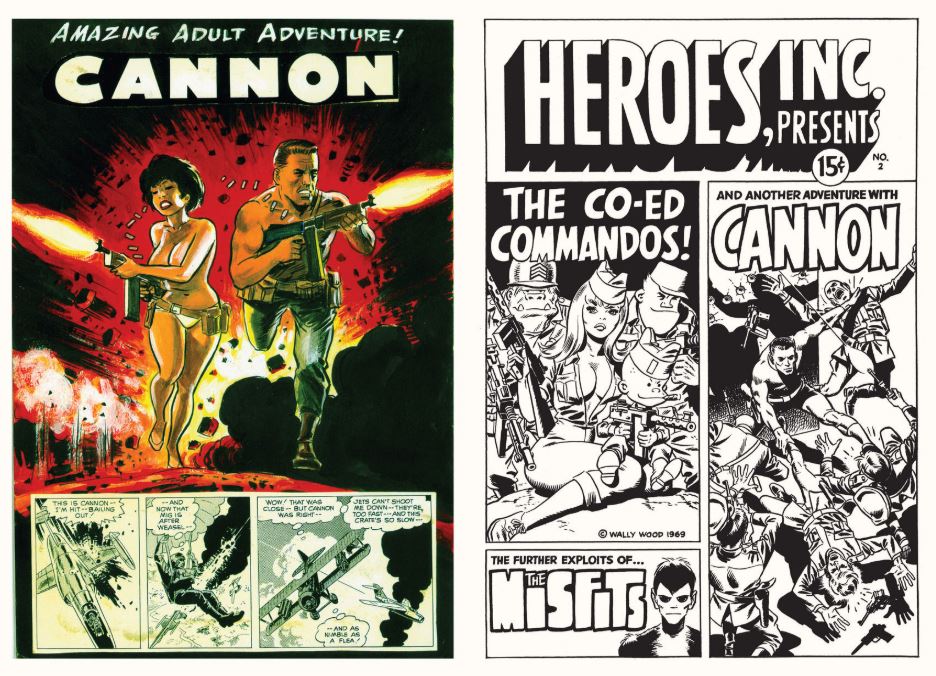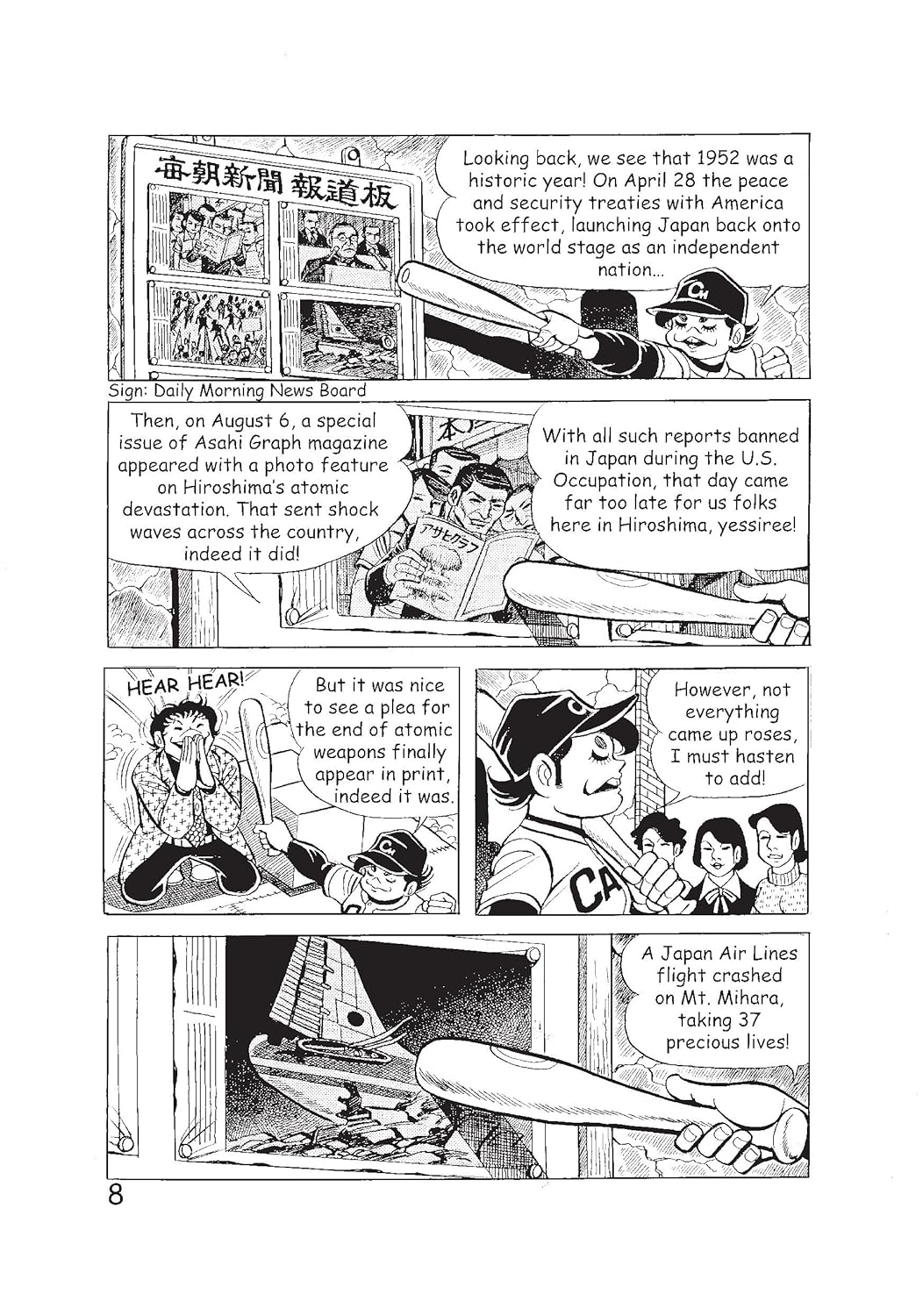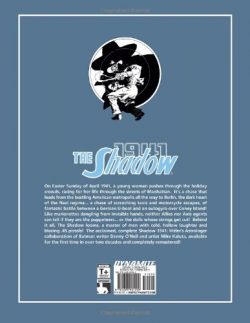
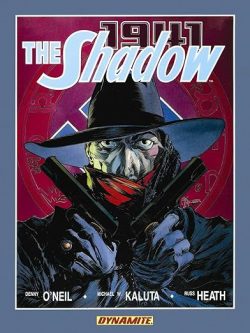
By Dennis O’Neil, Michael William Kaluta & Russ Heath with Mike Kelleher, Mark Chiarello, Nick Jainschigg, John Wellington, Phil Felix & various (Dynamite Entertainment)
ISBN: 978-1-60690-429-9 (HB/Digital edition)
This book includes Discriminatory Content included for dramatic effect.
Russ Heath would have been 99 years old today: a master comics craftsman so few have ever heard of. I don’t think there’s even a definitive collection or a signature title to his name. He did his job masterfully and always moved on, and remains almost practically unknown. The pages of Sgt Rock original art I own are among my most treasured possessions, and every baby boomer who read US comics knew his work because of this and others like it.

Russell Heath Jr. was born in New York City on September 29th 1926 and raised in New Jersey. Influenced by cowboy artist Will James and others, Heath was self-taught and fiercely diligent, demanding authenticity of himself in all his work. This helped him break into comic books while still at High School (episodes of naval strip Hammerhead Hawley for Captain Aero Comics beginning with vol. 2, #2 in September 1942).
Eager to serve his country, Heath left Montclair High School early in 1945 for the Air Force. Whilst in the military he contributed cartoons to the Camp newspaper before shipping out. When peace broke out, he worked briefly as an ad agency gofer until in 1947 he landed a regular job with Timely Comics. Now married, Heath started working from home, drawing Kid Colt and Two Gun Kid, offerings for the dwindling superhero market and sundry horror stories and covers. He hit an early peak in the 1950s, with a wealth of western and horror features as well as co-creating Marvel Boy, limning Venus and The Human Torch during the abortive attempt to revive superheroes in 1953, whilst mostly crafting crime and romance tales,
He branched out: trying his hand on EC’s Mad and Frontline Combat, 3D comics for St. John’s and earned a reputation for gritty veracity in war and straight adventure stories (such as Robin Hood and Golden Gladiator for DC’s The Brave and the Bold). Heath started contributing to DC’s war line in early 1954, with strips in Our Army at War #23 and Star Spangled War Stories #22. It was good fit and he spent the next 15 years working with writer/editor Robert Kanigher, with whom he co-created The Haunted Tank, Losers and Sea Devils. All along he remained a stalwart of anthological compact combat yarns, but increasingly guested on and eventually took over full time illustrating prestigious Sgt. Rock.
Infamously and unjustly, many of his panels were co-opted by pop artist Roy Lichtenstein as the basis of his paintings (specifically Whaam!, Blam, Okay Hot-Shot, Okay!, and Brattata). Heath’s other contributions to American pop culture include those iconic ads for toy soldiers and a stint on Harvey Kurtzman and Will Elder’s ubiquitous Playboy satire strip Little Annie Fanny. Later landmarks include launching a new Lone Ranger newspaper strip with Cary Bates in 1981, and illustrating Michael Fleisher’s infamous Death of Jonah Hex story. Eventually he moved into animation and out to the west coast, but remained in contact with his comics roots, providing occasional returns on titles such as Planet of the Vampires, Mister Miracle, Ka-Zar, The Punisher, Shadowmasters, G.I. Joe and Immortal Iron Fist among others. Having been awarded almost every award going, Heath was in semi-retirement when he died on the 23rd August 2018.
Despite adoring all that apparently unhip war and western stuff, we’re being contrary as ever and highlighting something a little different, but as it’s a special occasion you might want to also track down Hearts and Minds: A Vietnam War Story please link to 29th August 2018. Not our review, the actual book. It’s a Lost Treasure…
Here and now though let’s pop back to the early 1930s, when The Shadow gave thrill-starved Americans their measured doses of extraordinary excitement via cheaply produced pulp periodical novels and over the mood-drenched airwaves via his own radio show. Like comics once upon a time, “Pulps” were published in every style and genre in their hundreds every month, ranging from the truly excellent to the pitifully dire, but for exotic or esoteric adventure-lovers there were two stars who outshone all others. The Superman of his day was Doc Savage, whilst the premier dark, relentless creature of the night dispensing terrifying grim justice was the putative hero featured here…
Radio series Detective Story Hour (based on stand-alone yarns from Street & Smith publication Detective Story Magazine) used a spooky-toned narrator (variously Orson Welles, James LaCurto or Frank Readick Jr.) to introduce each tale. He was dubbed “the Shadow” and from the very start on July 31st 1930 was more popular than the stories he related. The Shadow rapidly evolved into a hands-on hero, solving instead of sharing mysteries and, on April 1st 1931, started starring in his own printed adventures. These were written by astonishingly prolific Walter Gibson under house pseudonym Maxwell Grant. On September 26th 1937 the radio show officially became The Shadow with the eerie mantra “Who knows what evil lurks in the hearts of Men? The Shadow knows!” unforgettably ringing out over the airwaves.
Over the next 18 years 325 novels were published, usually at two a month. The creepy crusader spawned comic books, movies, a newspaper strip and all the merchandising paraphernalia you’d expect of a smash-hit superstar brand. The pulp series officially ended in 1949, although Gibson and others added to the canon during the 1960s when a pulp/fantasy revival gripped the world, generating reprinted classic yarns and a run of new stories as paperback novels. There are also new yarns turning up to this day…
In graphic terms The Shadow was a major player. His national newspaper strip by Vernon Greene launched on June 17th 1940, and when comic books really took off, the Man of Mystery had a four-colour title; running March 1940 to September 1949. Thanks to Robert Bernstein, Jerry Siegel, John Rosenberger & Paul Reinman, Archie Comics published a controversial contemporary reworking in 1964-1965 for their Radio/Mighty Comics imprint.
In 1973 DC acquired rights to produce a captivating, brief but definitive series of classic comics unlike any other superhero title then on the stands. DC periodically revived the venerable vigilante and after the runaway success of Crisis on Infinite Earths, The Dark Knight Returns and Watchman, Howard Chaykin was allowed to utterly overhaul the vintage feature for an audience finally recognised as grown-up enough to handle more sophisticated fare. This led to further, adult-oriented iterations and one cracking outing from Marvel before Dark Horse assumed the license of the quintessential grim avenger for the latter half of the 1990s and beyond.
Dynamite Entertainment secured that option in 2011 and, whilst reissuing much of those earlier efforts, began a series of new monthly Shadow comics. A year after Chaykin and DC catapulted The Shadow into the grim ‘n’ grungy contemporary consumer arena, the dream-team that had first returned him to comics prominence reunited for a larger-than-life grand romp, ably abetted by the inking skills of master artist Russ Heath.
In the early 1970s Denny O’Neil & Michael Kaluta had produced a superb series of adventures (collected as The Private Files of the Shadow plee link to January 19th 2009), set in the mad scientist/spy/gangster-ridden ‘thirties. When they reunited to produce a Marvel Graphic novel, expectations were high, and in many ways that complex, devious yarn was the final chapter of that astounding graphic procession. Dynamite’s 2013 re-release of Hitler’s Astrologer saw the entire affair re-mastered by Mike Kelleher, finally doing justice to the colouring of Mark Chiarello, Nick Jainschigg and John Wellington – as well as letterer Phil Felix – which had not fared well under Marvel’s production processes of that earlier time.
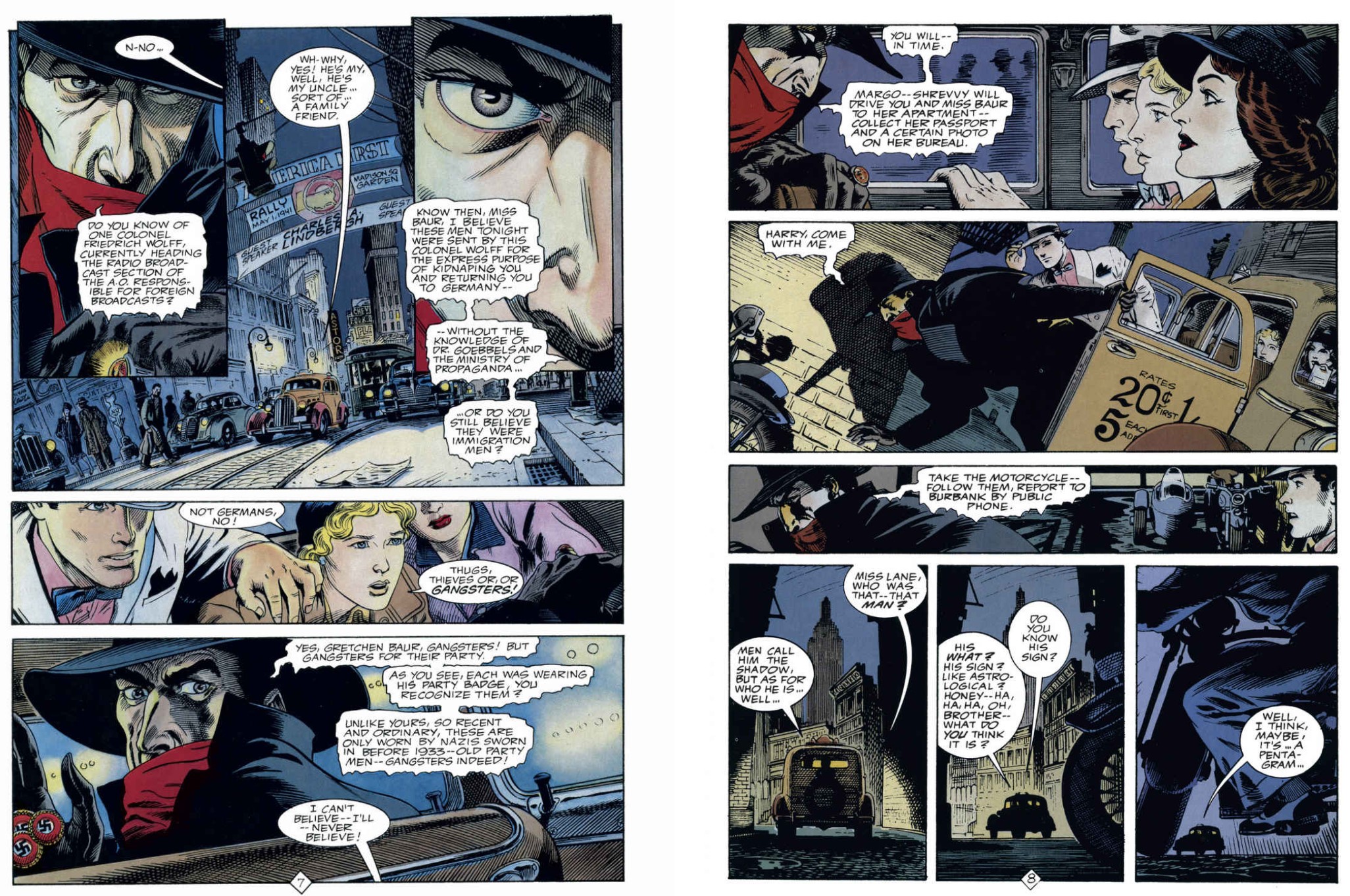
On Easter Sunday 1941 a beautiful woman is pursued through the teeming crowds of Times Square theatre-goers by sinister thugs until rescued in the nick of time by agents of The Shadow. She is Gretchen Baur, personally despatched to America by Josef Goebbels to gather astrological data for the Reich’s Ministry of Propaganda. However, now the confused fräulein cannot understand why agents of her own government have tried to abduct her… until The Shadow reveals that she is an unwitting pawn in a deadly battle for supremacy within the Nazi Party. It all revolves around her father, Der Führer’s personal astrologer…
And thus begins a tense, intricate conspiracy thriller ranging from the bloody streets of New York through the shell-pocked skies of Europe to the very steps of Hitler’s palace in Berlin, as a desperate plan to subvert the course of the war comes up hard against a twisted, thwarted love and a decades-long hunt for vengeance…
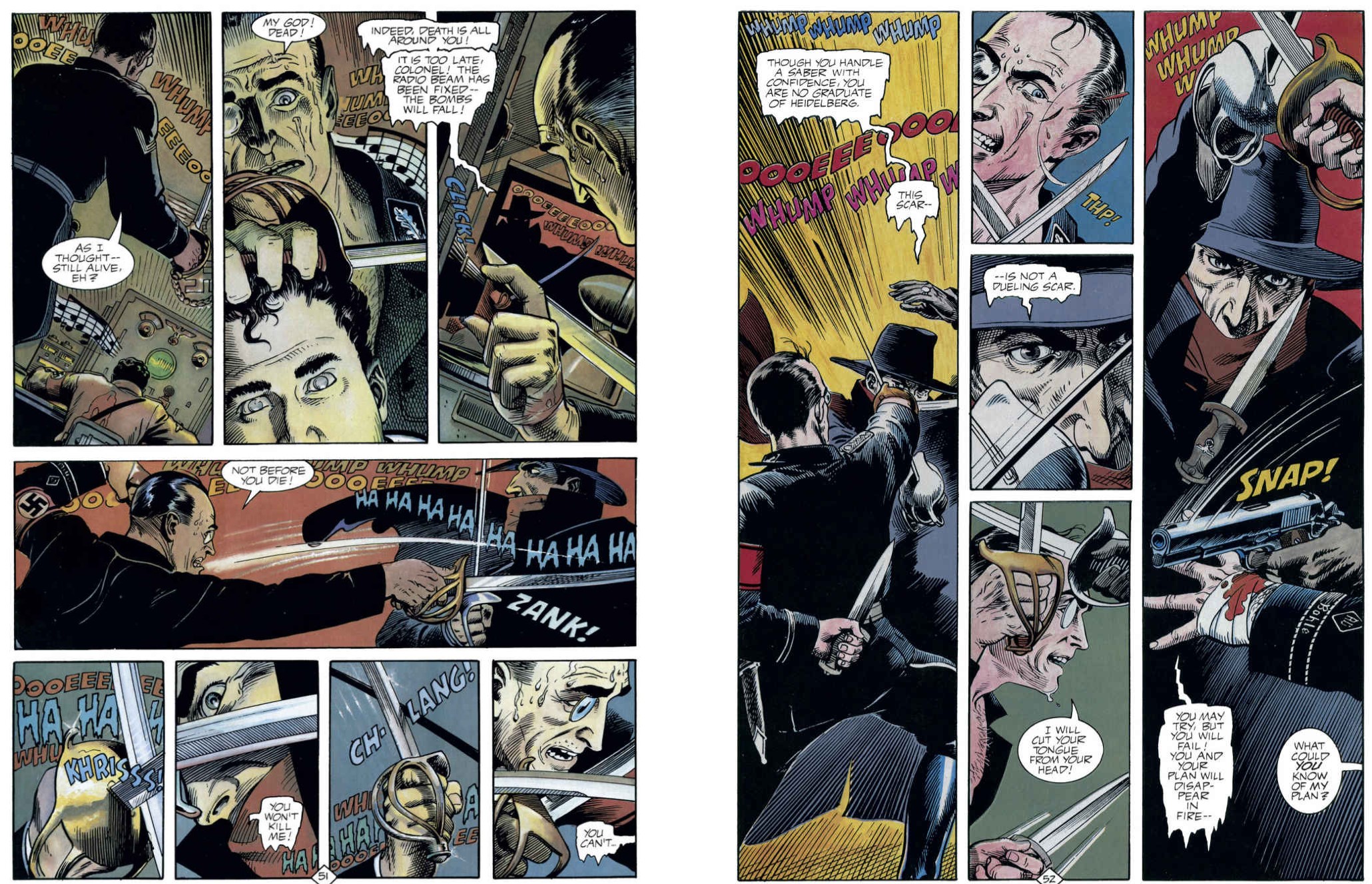
Deliciously deranged and suitably Wagnerian in style, this action-packed mystery drama exudes period charm. Nobody has ever realised The Shadow and his cohorts as well as Kaluta, whilst Russ Heath’s sleek mastery adds weight and volume to the cataclysmic proceedings.
This sinister saga of the man in the black slouch hat with the girasol ring is another superb addition to the annals of the original Dark Knight, and one no one addicted to action and mystery should miss.
The Shadow ® & © 2013 Advance Magazine Publishers Inc. ® ™ & © Conde Nast. All Rights Reserved.
Today in 1916 was born Britain’s master of mordant wit Carl Giles. Last time we shared a laugh with him was Giles: the Collection 2014, whilst in 1947 underground legend Greg Irons first checked in. Our proudest moment is reviewing his outrageous The Wyf of Bath (The Wife of Bath) please link to March 9th 2018. Good luck finding that, but his other stuff is darn good too!
In 1988 utterly urbane arcane cartoonist Charles Addams went to his – or at least somebody’s – grave. You can check him out just by scrolling back to yesterday…

